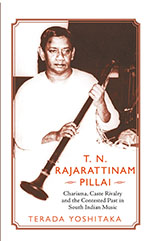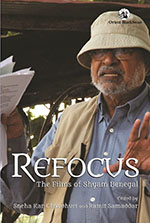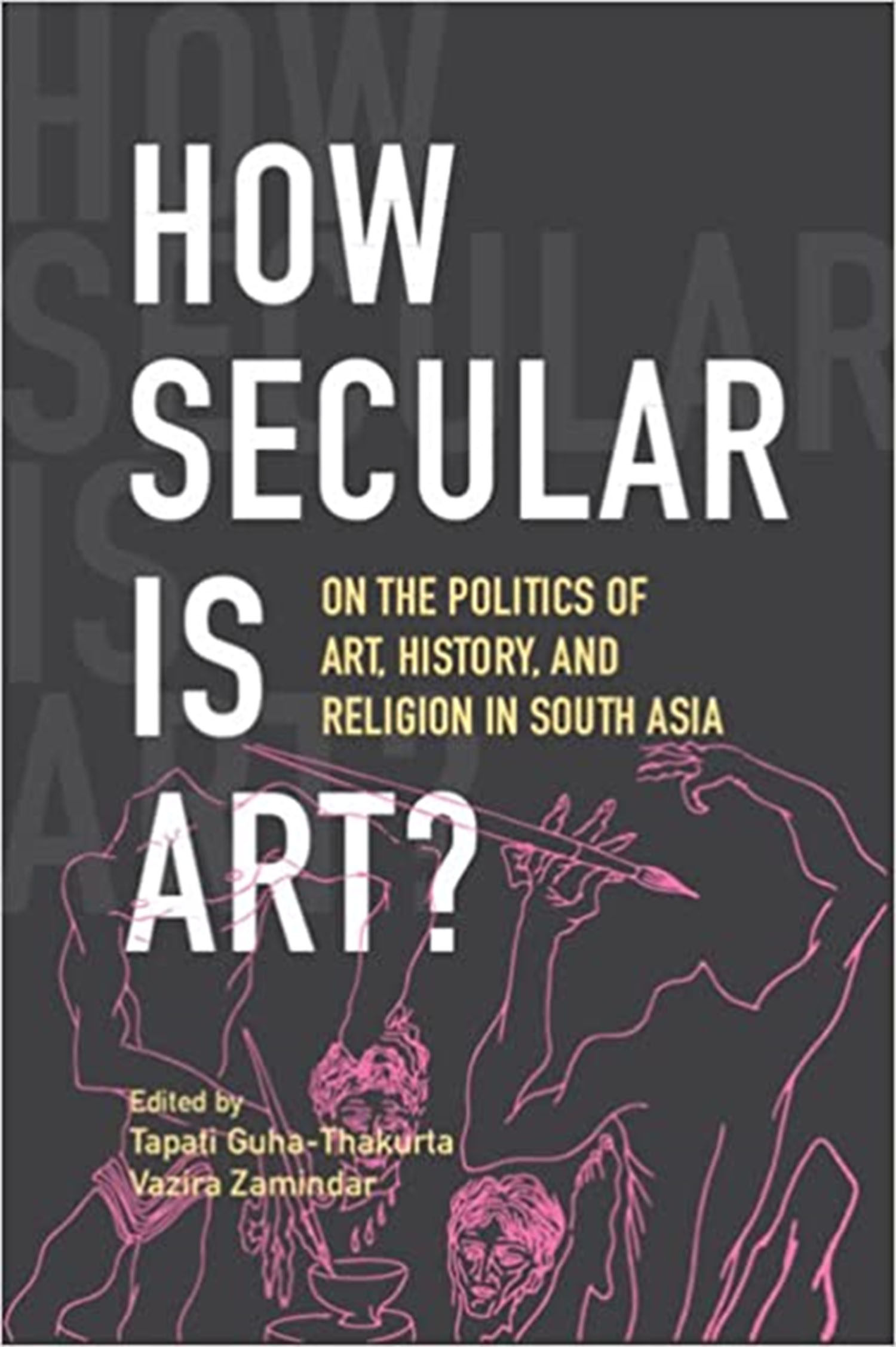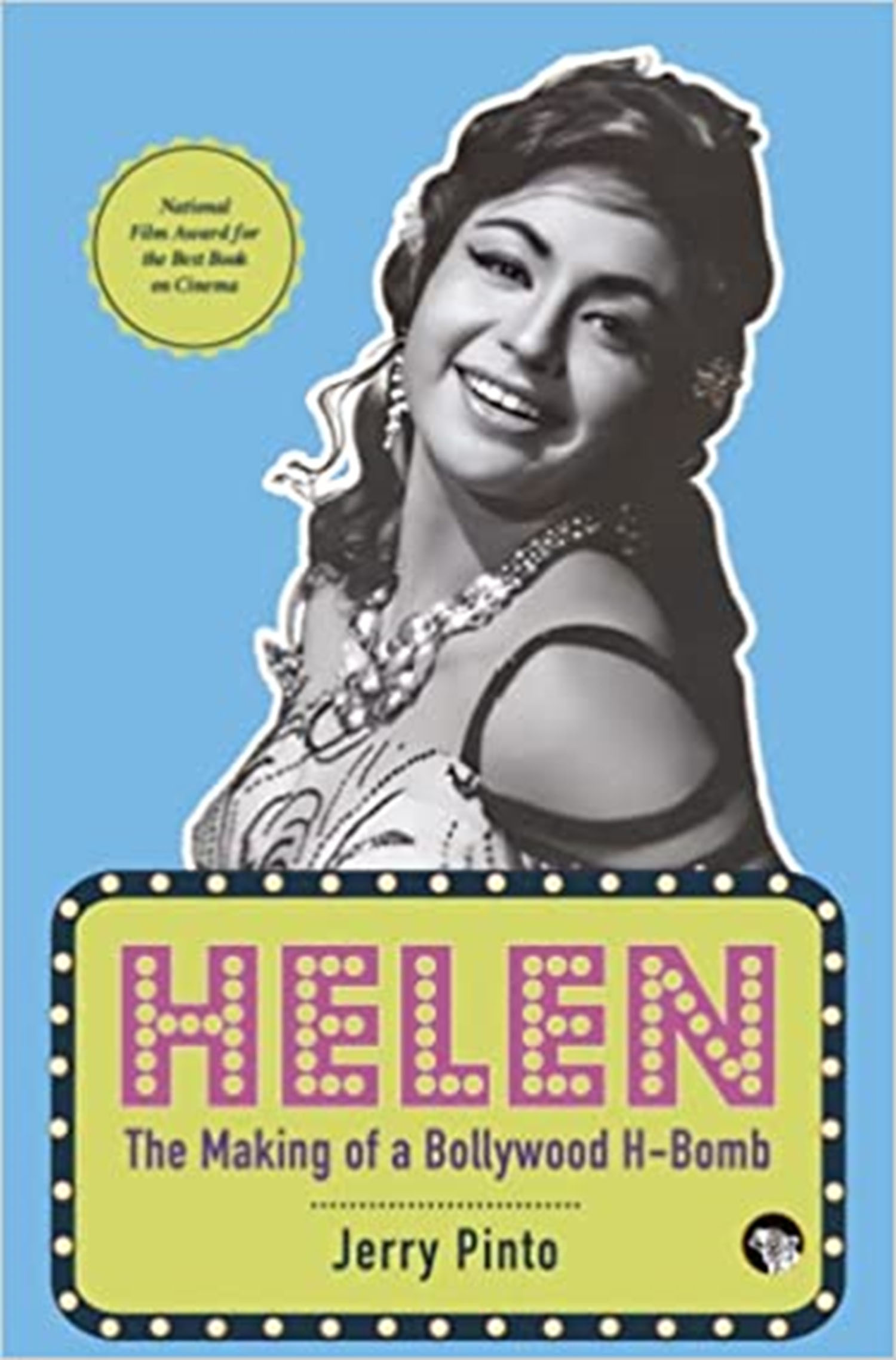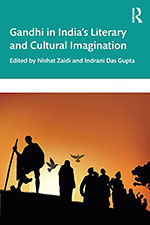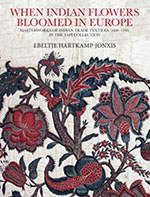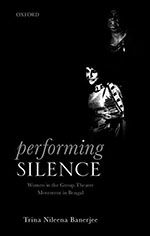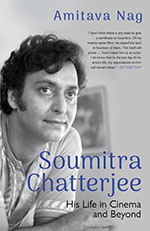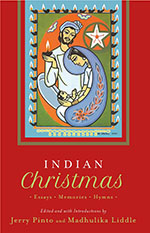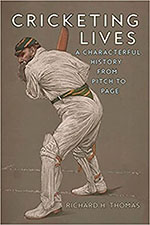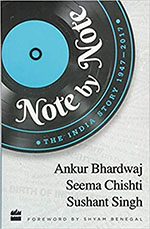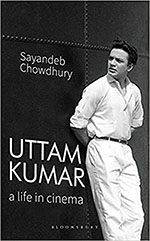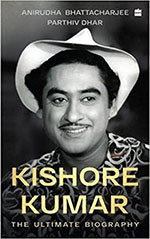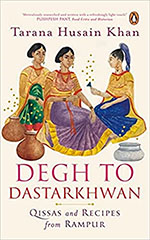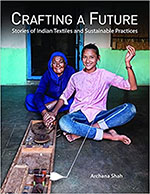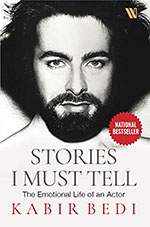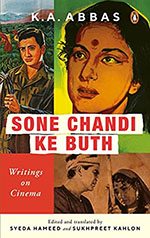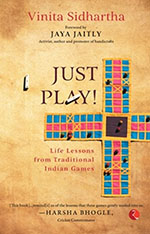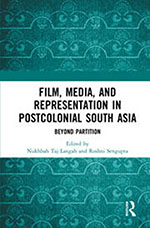Art and Culture
We tend to disassociate musical performance from social analysis and stratification, concentrating on the excellence of performance. The story of Rajarattinam Pillai is about a musician who was one of the greatest musicians and performers of Carnatic music, and who as a player of the Nagaswaram, consciously faced and addressed the contentious issues and intersections between musical performance, hierarchy and caste.
General appraisal of Benegal’s films is easy to find. Refocus, as appropriately named, highlights certain trends and brings to our attention some of the less-discussed aspects of his creativity. Serious students and researchers of Indian cinema will find this book of great value and relevance.
The irreversible entrapment of religion with terms like violence, brutality, offence, anger, fear, and censure instead with say, inquiry, beauty, prayer or tolerance is a paramount sign of our decayed condition. But resigned acquiescence is also not a mark of the academic enterprise. The very act of thinking and writing challenges admission.
Why is it that every Helen is an enigma? Homer’s, Marlowe’s, Bollywood’s? Does the letter H—drawn like a one-step ladder connecting nothing with nothing, or a bar in a passage between two walls—have something occult to do with it? Neither Menelaus nor Faustus could read his Helen. Both were doomed.
Ever since his emergence on the political canvas in the early decades of the twentieth century, Mohandas Karamchand Gandhi (1869-1948), Father of the Indian Nation, has dominated politico-philosophical ideas and socio-cultural formations across space and time. Gandhi had become a legend in his own lifetime
Dancing peacocks, sinuous Kalpavriksha Trees of Life laden with fantastical flowers, fruits and birds…We Indian textile buffs have all feasted our eyes, either in person or in books, on the fabulous painted and printed chintz textiles that were produced on the Coromandel coast in India and their embroidered counterparts for the English and European market during the 17th and 18th century.
My first glimpse into the lives of women in Bengali Group Theatre was through the Seagull Theatre Quarterly Volumes 27/28 (2000). Focusing on directors and female actors in Group Theatre scenario of Kolkata, the discussions brought out a reflective recollection of many intertwined lives. The most moving aspect of women’s love for theatre, craving for self-expression and the economic need to earn were brought out in a complex narrative.
Soumitra Chatterjee was an extraordinary man. His cinematic acting career straddled the worlds of arthouse films, commercial potboilers, and middlebrow entertainers with equal grace. He is known as much for rom-coms like Basanta Bilāp and the superb Bāksa Badal, as the swashbuckling villain in Jhinder Bandi; as the much-loved sleuth Feluda in Satyajit Ray’s Sonār Kellā and Jai Bābā Felunāth; as for his long-standing association with Ray’s more serious ventures.
Christmas, considered primarily a Christian celebration, has now become a global affair celebrated in all forms, ways and colours by people across the world. In India however, Christmas is often seen either as the product of a certain colonial hangover or increasingly as catering to global capitalist interests. Ironically, as Jerry Pinto reminds us, at the heart of Christmas is the humble birth of Jesus Christ who represents love, hope and peace to all humanity.
The book provides a rich historical account of the evolution of cricket from the fourteenth century till recent times. In the course of its discussion, Richard H Thomas has depicted how the game has reflected the dynamics of English society. Moreover, the book has manifested the transformations of cricket at several historical epochs.
If India had one film song as its soundtrack, what would it be? Jinhe naaz hai Hind par woh kahaan hai from Guru Dutt’s Pyaasa? It gets my vote, but it is a tribute to the richness of Hindi film music and to the depth of Note by Note: The India Story 1947-2017 by Ankur Bhardwaj, Seema Chishti and Sushant Singh, one of the most innovative books I’ve read recently, that it doesn’t figure as the song of the year in 1957. Another song from Pyaasa does, however, the brilliant Yeh duniya agar mil bhi jaaye toh kya hai, also written by the great Sahir Ludhianvi.
As the title indicates, the book reviewed here is about Uttam Kumar, the legendary superstar of Bengali films. The author’s website
The only reason Kishore Kumar might not be counted among the global all-time great artists would be on account of the region of his birth. Had he been born into the Anglo-Saxon world, his incomparable talent and unique career would have placed him right at the top of the talent list, with dedicated retrospectives, books, papers, and an assured place in film studies/popular music courses.
That the faculty of taste is fundamental to meaning making practices is now a commonplace idea. For instance, some food items make us salivate in desire, the consumption of which brings pleasure. On the other hand, we turn away from food that disgusts us, often refusing to ingest it. However, desire and disgust are only some of the feelings that arise upon an engagement with food.
Archana Shah’s Crafting a Future—Stories of Indian Textiles and Sustainable Practices is organized in three sections—the story of cotton, the story of silk, the story of wool—along with a foreword by Laila Tyabji, an introduction, an afterword, appendices I and II, acknowledgements, photo credits, bibliography, and an index.
At the outset I must confess that I have never been a Bollywood aficionado and that I have not ever seen a film where Kabir Bedi had acted. Yet, I find his life, vignettes of which he has sensitively narrated in his memoir, unusually interesting, sometime even profound. In fact, after completing the book that mixes adroitly the profane with the sacred, I feel tempted to know more about him.
If the advance praise of the book is written by Amitabh Bachchan, Shabana Azmi and Professor Ira Bhasker one can assume the book is going to be good, given that it has been appreciated by actors in the popular area as well as in the critical arena, plus by an academician. And, so it turns out to be. There is something for everyone who is interested in Hindustani Cinema to take away from this book.
Remember Kasiee Paheli Zindagani from the movie Parineeta? Sanjay Dutt drives the ladies of the house out to a Night Club in Calcutta. Glasses clink, horns and keys come alive as Rekha ascends onstage—and in a red sari she puts a spell on you. Another reference would be Arun Bhai and Meenakshi Mehra from A Suitable Boy and sultry Calcutta evenings providing for a heady mix of jazz and yearning.
The book showcases several traditional games of India—their origin, structure, rules and style of play. In addition, it has extrapolated how these games depict the larger moral values of human life. In this endeavour, the author has sub-divided the book into appropriate sub-themes which enable the reader to grasp its core tenets.
Partition is one of the major historical junctures in the history of India, Pakistan and Bangladesh. When it comes to talking about the horrors of Partition, it is mainly categorized in cinema and literature. The edited volume by Nukhbah Taj Langah and Roshni Sengupta is an interesting addition to the discourse.The book does not limit itself to the horror of Partition; it goes beyond and covers its continued trauma.

